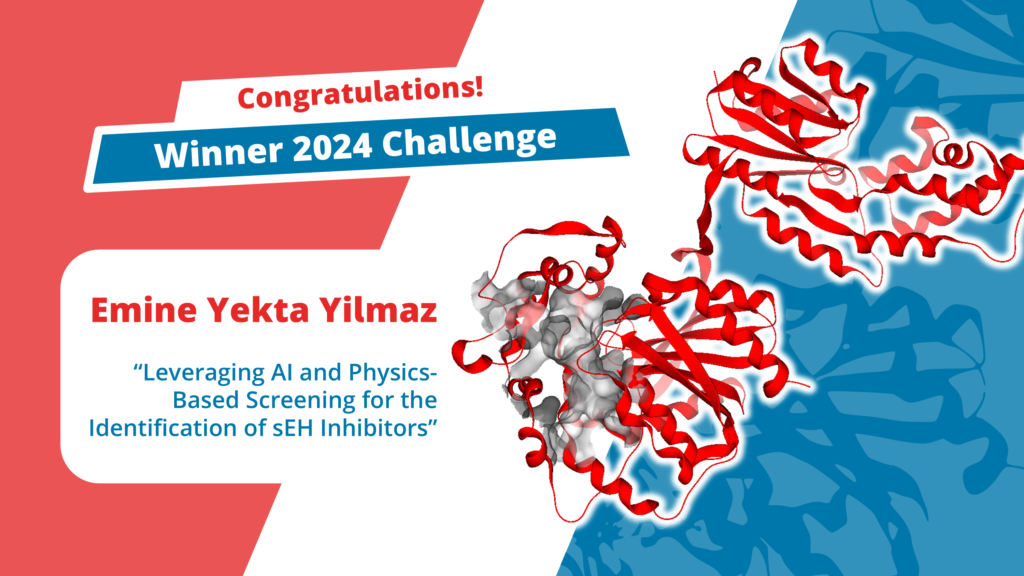Achieving target potency is not the only goal of lead optimization. To achieve efficacy and avoid safety issues, a high quality drug candidate must have an appropriate profile of absorption, distribution, metabolism and excretion (ADME) properties. Therefore, accurate predictions of these compound properties, while considering new ‘virtual’ compounds, can guide the design process toward compounds that achieve a balance of potency with these other requirements, improving efficiency and reducing the risk of late-stage failures that can cost R&D departments millions of Euros.
In this webinar Dr. Segall, CEO of Opbitrium, will describe the development and validation of quantitative structure-activity relationship (QSAR) models of key ADME properties, such as lipophilicity, solubility, absorption, hERG inhibition and blood-brain barrier penetration. He will consider the confidence in the predictions of such models and how this relates to their domains of applicability.
He will also explore how predictive models can be used as part of a true multi-parameter optimisation environment to select high quality compounds, with an optimal balance of properties, while explicitly considering uncertainties to avoid missed opportunities. Furthermore, the Glowing MoleculeTM visualization highlights regions of a compound with a strong influence on a predicted property, to guide the design of compounds with improved properties. This will be illustrated with Optibrium’s StarDropTM software.
Finally, we will discuss how the approaches of structure-based design and multi-parameter optimisation can be brought together, the focus of the collaboration between Optibrium and BioSolveIT. Dr. Segall will demonstrate how StarDrop’s ADME QSAR models have been integrated within SeeSAR to monitor these properties while considering design strategies in 3D. He will also motivate how SeeSAR will be integrated with StarDrop, to seamlessly link 2D and 3D SAR and identify new strategies for optimisation.








